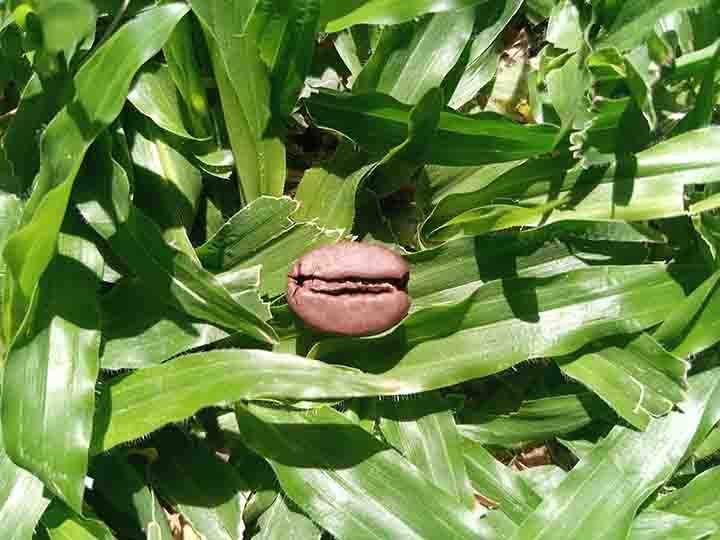Journey of coffee in indonesia
Coffee from Indonesia during the colonial era
Published: November 15, 2023 09:26 AM
Written by: Admin
One commodity that has significant market value is coffee. Since its founding during the Dutch colonial era, new communities have popped up in the Gayo Highlands of Central Aceh.

Since the early stages of international capitalism's encroachment into pre-capitalist Indonesian society, coffee has been a significant commodity in the country's economic history. Since Arabica coffee was brought to Java (Batavia) by Dutch businessmen, the coffee plant has developed extremely quickly. Subsequently, this variety of coffee expanded throughout West Java, including Bogor, Sukabumi, Banten, and Priangan, thanks to the system of forced cultivation (cultuurstelsel) that the Dutch Colonial Government instituted in 1830. Through this forced cultivation system, the populace was forced to work for 66 days on government-owned plantations or plant export commodities, like as coffee, on one-fifth of the cultivated land. This type of forced cultivation has yielded convincing quantities of coffee goods. Java produced 26,600 tons of Arabica coffee between 1830 and 1834; thirty years later, that amount had risen to 79,600 tons.

The growth of the coffee plant in Java in particular, and other regions generally, is facilitated by the availability of enough labor, a favorable climate, and fertile soil, particularly with the forced installation of the cropping system. The Government Dutch Colonial's monopoly on the coffee trade has made it possible for the country to extract and transfer a sizable amount of excess value, or surplus values, to the Netherlands, supporting the country's rapid economic expansion. Agrarische Wet, or the Agrarian Law, was passed in 1870 and gave capitalists the ability to rent land for extended periods of time. This allowed for the expansion of several coffee plantations, particularly in East Java. The colonial administration benefited greatly from coffee farming before other nations began to produce more after the 1870s.
Since coffee plants grow so quickly and are so valuable, coffee is eventually grown everywhere, including practically everywhere in Java. Due to all of these factors, coffee output reached its highest point in the nineteenth century, reaching 94,400 tons between 1880 and 1884. Comparatively speaking, coffee is far more significant than cane sugar. If the average value of coffee exports between 1865 and 1870 was 25,965,000 gulden, then the average value of cane sugar exports over that same period was just 8,416,000 gulden.
However, the development of disease that affect coffee plants, pestilence, and inadequate methods for growing coffee have resulted in a sharp fall in coffee production, which peaked at 35,400 tons between 1910 and 1914. Situation The recent tragedy has created new opportunities for the growth of coffee plants by introducing Robusta coffee varietals, which are more productive and resistant to disease. This Robusta coffee cultivar quickly extended to neighboring regions, especially Aceh/NAD, Lampung, North and South Sumatra, and Lampung. More challenging to grow Arabica coffee varieties are limited to narrow farms at elevations of 900–1,000 meters above sea level with seawater; these areas are found in the Aceh region (Takengon), North Sumatra (Sidikalang, Lintongnihuta, and Mandailing), East Java (Besuki), and Sulawesi South (Toraja). Between 1935 and 1940, the coffee facility reached its peak production of 124,600 tons before the Second World War. Ninety percent of coffee produced now comes from the Robusta species, whose growth quickly outpaced that of the Arabica kind.

Between 1935 and 1940, the coffee facility reached its peak production of 124,600 tons before the Second World War. Ninety percent of coffee produced now comes from the Robusta species, whose growth quickly outpaced that of the Arabica kind.
Coffee output was particularly poor during the Japanese occupation of Indonesia during World War II and the post-war period during the Revolution for Independence. The conflict damaged a great deal of coffee plantations, both directly and indirectly. Farmers also tended to convert to other crops for subsistence, which led to a sharp decline in coffee production, which in the 1950s only reached 12–13% of the peak pre-war production. As a result, the Indonesian coffee market was eliminated from the global market. The aforementioned points are inextricably linked to farmer morality, which prioritizes financial survival and understanding puts safety first (the safety-first ideology). When coffee prices drop on the global market, coffee plantations typically respond by cutting back on the amount of coffee harvested and field labor. As a result, coffee farmers' response to the drop in prices actually showed up as an increase in the amount of coffee harvested in order to maintain their level of subsistence or life survival earlier.
